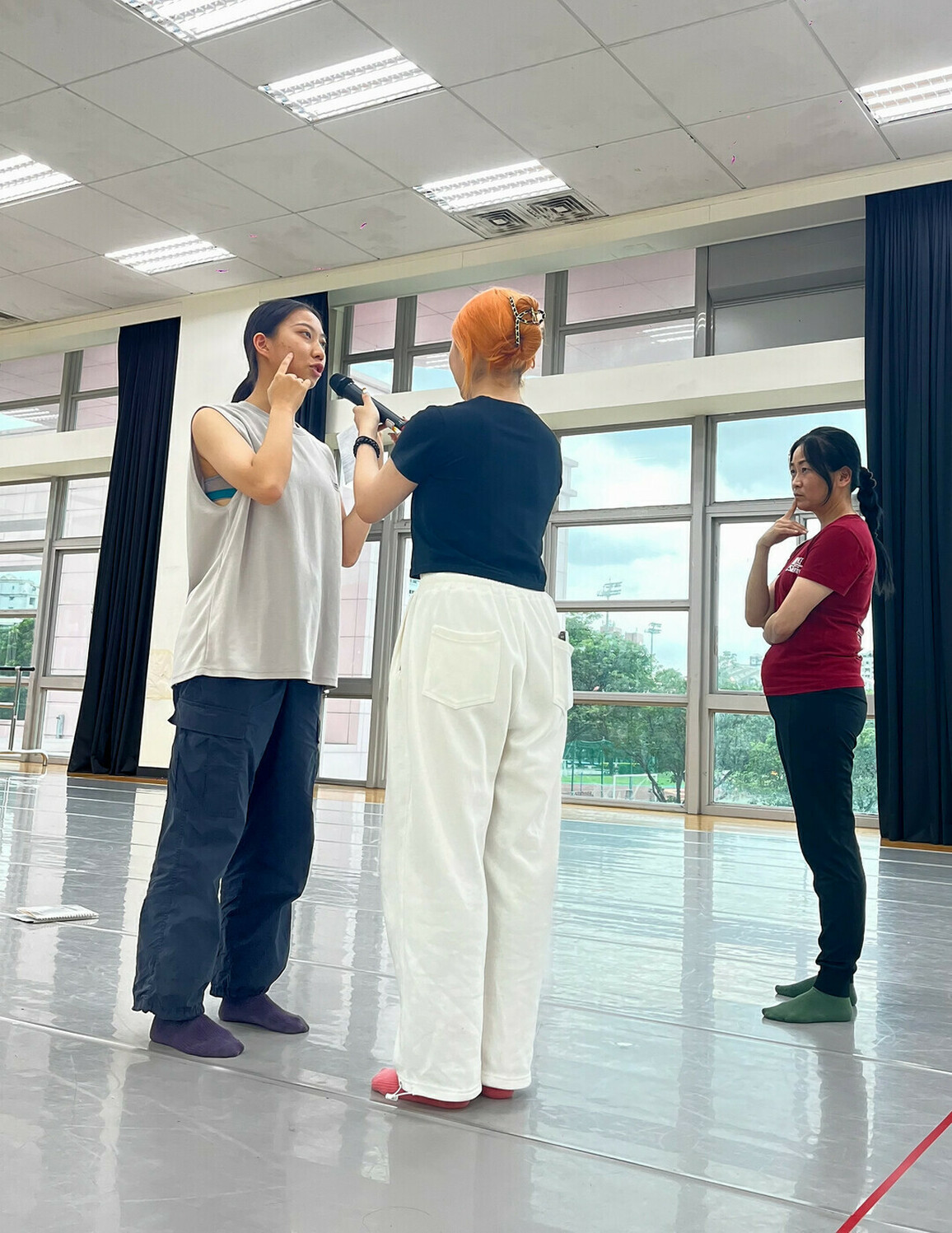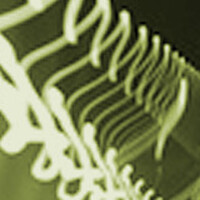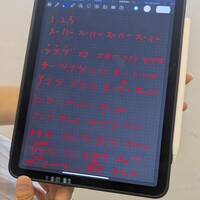Expressionist methods in transcultural collaboration
Blog post
Over the past three days, I have had the privilege of observing the rehearsals led by the award-winning choreographer Lai Tsui-Shuang, founder of Lais Creative Dance Theatre. Tsui-Shuang trained at the Folkwang University of the Arts and spent many years working in Germany. Kurt Jooss, one of the founding artists of German expressionist dance (Ausdruckstanz), served as one of the key educators at Folkwang in the mid-20th century. Later, Pina Bausch was a student at Folkwang in the late 1950s and she, of course, went on to become an iconic and world-renowned dance theatre choreographer. To this day, students at Folkwang still explore the post-WWII Tanztheater method advanced by Bausch. Laura Lloyd’s “Absolute Beginners” guide provides a useful summary of this method. Worth highlighting is that movement material is generated from the performers’ deep memories and feelings. From these personal elements, raw and sometimes violent choreographic imagery is created that explores the boundaries of social norms and leans into feelings of shame. Tsui-Shuang is heavily influenced by the Tanztheater method and actively explores its potential in the specific socio-cultural context of Taiwan where she is now based.
The six dancers from Taipei, Hong Kong and London walk to the front of the stage one by one and introduce themselves through facts about their age, height and descriptions of their appearance. They speak in their native language or a language that carries meaning to them; Weng Yu Ting, a dancer from Taipei, tells us she has recently started to learn French and weaves simple French and English phrases into her introduction. Each statement is accompanied by a brief and swift gesture, pointing to a body part, or giving a sense of its characteristic with a quick sweep of a finger or wave of a palm. Willow Fenner, a dancer from London, gives her introduction in English and so I can directly understand what is being said, not simply deduce meaning from context and the embodied gestures. What Willow conveys is by no means neutral, the facts hint at a degree of self-judgement: long legs but a short torso; thin, frizzy hair. Or maybe that is just the way I am hearing what the words mean?

The choreography contains evocative imagery riffing off these amplified fragments of the performers’ body image or, possibly even, body dissatisfaction: Hsieh Kun-Chang, a dancer from Taipei, stands to Willow’s side and gestures upward from the top of his head to the top of hers, as if he wishes he were taller. Li Jyun Jyun, another dancer from Taipei, reveals the skin of her inner forearm, which is slightly paler than the rest of her arm and traces this skin with her index finger. Later in the work, she places her fingertips on her nose, and a series of dancers link their fingers first on her wrist and then on each other’s to evoke the image of an elephant’s trunk that meanders in extravagant curvy motions.
Tsui-Shuang ’s work raises questions about socially determined and internalised beauty standards and the impact these have on people’s sense of identity and well-being. Beauty standards in East-Asian cultures, like beauty cultures around the world, are historically tied up in a complex web of patriarchy, capitalism and white supremacy. Willow, who as a recent graduate from London Contemporary Dance School is a choreographer and scholar in her own right, as well as being here at ArtsCross Taipei 2024 in the capacity of performer, is alert to these issues as they are being explored through the creative process. Her critical thinking skills came to bear on particular scenes, leading to a concern about the imagery created: for example, Willow, the only Western dancer in the process, is encapsulated by the other five dancers from Taipei and Hong Kong who huddle around her and whose hands hover around her head and shoulders. Carefully, Willow extracts herself from this encasing and moves to a different place, only for the other dancers to gravitate back to her and encapsulate her once again. One by one, they gently place their hands on different parts of her body – shoulder, hip, head, knee, arm. Responding to each touch, Willow shrinks away from the other dancers’ hands and melts into the space where their hands are not.
During the process, Willow expressed a concern about how this image may be interpreted by an audience; it could be construed that the only Western dancer is fearful, avoidant or even disgusted by the touch of people of another race. She became worried about her complicity in the creation of imagery that could be read as white supremacist. This was a challenging situation to navigate for all involved.

Positioning ourselves as London scholars and artists, Willow and I are acutely aware of our otherness within ArtsCross Taipei 2024. Despite the transcultural context that permeates ArtsCross to its core – to give but one example, Tsui-Shuang has spent her formative years in Germany and now works back in Taiwan – a sense of culture shock is very present and palpable. Is it possible to look at the choreographic imagery and move beyond seeing people of different ethnicities?
In the Western context, we have learnt that we need to proactively make time for discursive and reflective contextualization to explore the impact of elements of any creative process with the dancers. Part of the culture shock for us was coming into a dance culture here in Taipei that is supremely respectful, where dancers are highly aware of the distinction between public and private. Willow and I were both surprised at how different the rehearsal space is treated here: it is a “public” space earmarked instead for hard work of a practical nature, with little room for open conversation, although everyone is willing to engage in conversation privately outside of the rehearsals. By understanding this, we are learning about ourselves and about East-Asian cultures.
The challenges Willow encountered interrogate the role of the co-generating, co-creating dancer in creative processes, especially in a transcultural context. If material is derived from the performers’ deep, personal memories and feelings, how is it then possible to divorce their personal material from a sense of responsibility for the choreographic imagery that emerges from those elements? What is the implication for authorship in deeply co-creative processes? How can performers navigate their own critical reflections without the support of an openly discursive environment? What reassurance can be found in the idea that it will be the choreographer’s signature that ultimately stamps the work?
For Willow, part of the solution was to find creative ways that enable her to move forward. She is now focusing more on moving authentically from sensation versus imagery. And in terms of the choreographic imagery, my reading of that particular scene is opened up by what follows after Willow shies away from all the hands touching: the other dancers dissipate and give her more space, but Willow continues to move as if there are still hands touching her that she needs to shrink or melt away from. Hence, my reading of the scene is that it could represent a transition from externally imposed beauty standards and social norms towards someone internalising these. When engaging in meaning-making in dance performance, it is important to attend deeply to both the detail of specific images and their place within a larger whole.
Posted by

Lise Uytterhoeven

